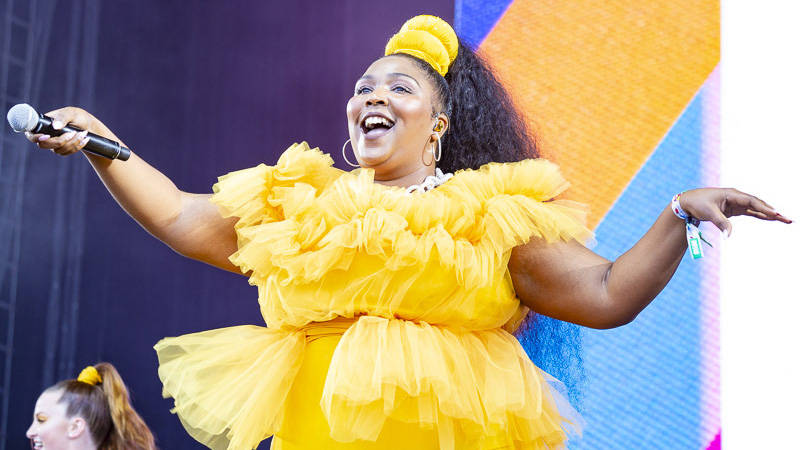Long before Lizzo made headlines with her a cappella Coachella performance, collaborated with Missy Elliott and hit No. 1 on the iTunes charts with her new album, millions of Americans already knew her voice.
The liberatory, soulful refrain of “Water Me” (“I am free, yeah, yeah!”) accompanied ads for Acura and DIRECTV; her kiss-off to online haters, “Let ‘Em Say,” soundtracked a Target commercial. And, to her body-positive fanbase’s frustration, her sexy, self-empowerment anthem “Worship” pumped up dieters in a Weight Watchers commercial. (While I researched these, YouTube’s algorithm also fed me a low-cal margarita ad with Lizzo’s 2019 single, “Juice.”)
With music sales in decline and streaming royalties estimated at a fraction of a cent per play, musicians have to make strategic moves, once seen as selling out, to survive in today’s market. Given that the entertainment industry favors the thin, the light-skinned and the barely legal, the odds were stacked against Lizzo’s mainstream ascent as a 30-year-old, plus-sized, dark-skinned black woman. Licensing her music for commercials ensured that Lizzo would get paid for her creativity, while many others who look like her don’t.
That advertiser friendliness, however, has complicated the way listeners and critics receive her ultra-positive and inclusive new album, Cuz I Love You. The image of Lizzo as a brand-aligned hashtag-feminist permeated Rawiya Kameir’s controversial 6.5 Pitchfork review, where the writer likened her to this generation’s Natasha Bedingfield (ouch), whose nice but toothless girl-power bop “Unwritten” could play in “any given rom-com or yogurt commercial.”


